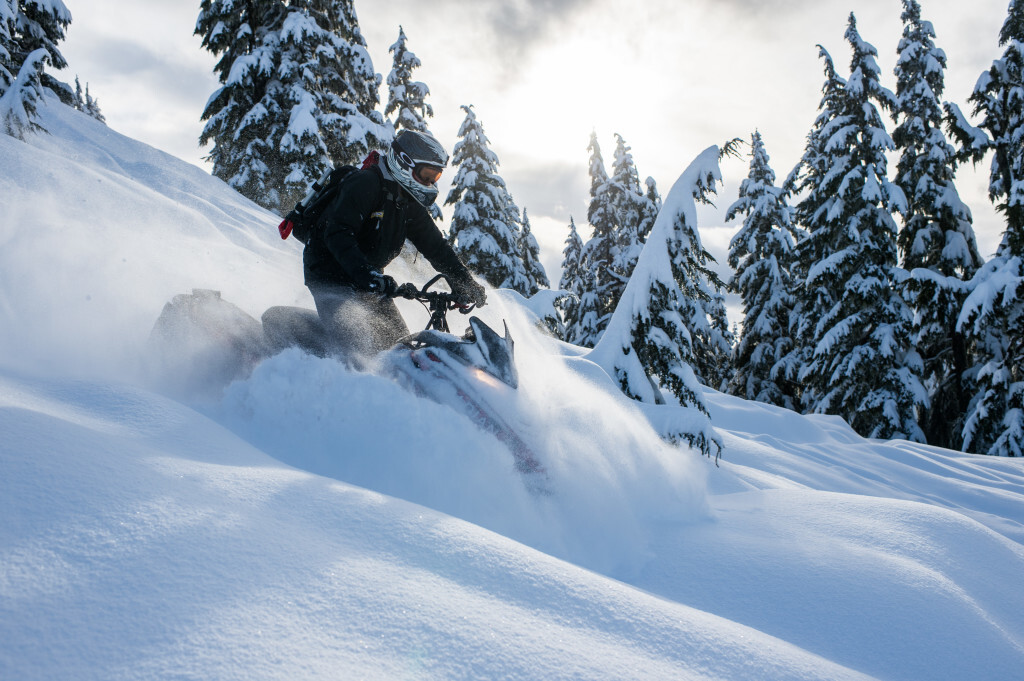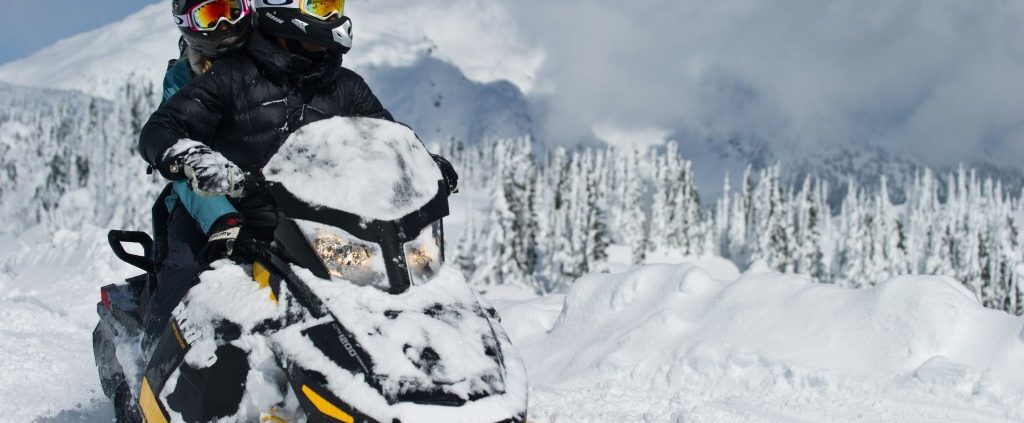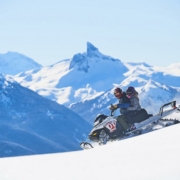What to Bring With You When Snowmobiling in the Backcountry

Any experienced or professional snowmobiler will tell you that when you are in the backcountry, your safety and survival teeters on two things; your raw instincts and the backpack. While you can’t do much about the former, you can control how good or complete the latter is. If you are wondering how this is possible, well, here’s a quick primer on what to bring with you when snowmobiling in the backcountry.
1. A First Aid Kit
This one is almost obvious. As long as you are heading out to the wild, whether for a simple hike or serious snowmobiling, it goes without saying that you shouldn’t leave your first-aid kit behind. After all, anything can happen out there, and the last thing you would want is to be injured in the middle of nowhere without the necessary supplies to dress even a simple wound.
That being said, your first aid kit should contain at the very minimum; a couple of antiseptic wipes, band aids, compress dressings, gauze, splints, triangular bandages, latex gloves etcetera. And that’s not all. Remember to have all of this (the kit) in a water resistant bag.
![]()
2. Avalanche equipment
Always make sure to check the avalanche forecasts before heading out into the backcountry. Make sure to carry avalanche safety gear, and ensure you have the knowledge and skills to use it. A transceiver, probe and shovel are the most important pieces of equipment to have. Transceivers (beacons) help a rescuer quickly find a buried victim. Once you have used your beacon to narrow in on a buried person use you probe to pinpoint their location. Probes can also be used for checking snowpack depth and testing crevasse bridges. After locating the buried victim use your shovel to dig them up. Sometimes digging through avalanche debris can feel like digging through rocks so the shovel needs to be strong. If you go on any of Canadian Wilderness Adventure’s advanced snowmobile tours you will be supplied with avalanche safety gear, as well as receive a tutorial on how to use this equipment properly.
3. Snowmobiling Tools
On a snowmobiling expedition, you will want to have the right tools for the job. This includes; screwdrivers, zip ties, wrenches, a shock pump, screwdrivers, a spare break lever and, of course, not forgetting hose clamps.
4. Your Ultimate Snowmobiling Survival Kit
Sometimes the unexpected will happen. Well, not just sometimes, but most often than not. If by any chance it happens, you will have to spend a night or two in the backcountry. For most campers and survival enthusiasts, this is usually their ultimate test of preparedness.
Don’t be the person who ends up shivering the whole night by themselves as they frantically call for help. Sway the odds to your favor by having a bunch of extra warm clothes in your backpack, water-resistant matches, flint, a bottle of clean water, headlamp, compass, sharp knife, flare, whistle, bivvy sack and high energy food, such as granola bars or jerky. Once again, all these should be in a water resistant bag.
5. Two Way Radios
Well, your iPhone will be pretty much useless out there in the backcountry where there is little to no signal coverage at all. If you find yourself stranded deep in the trees or under an escarpment and can’t see your mates, then the walkie-talkie will be more useful than your smart phone. If you can’t get your hands on these, then invest in a satellite phone and strap it securely inside your backpack.
About the Author
Jack Neely is a fitness expert, survivalist, and world traveler. He’s been in several life or death situations, and he’s making an effort to spread his knowledge around the web to help others survive these situations as well. He’s also on the content team at The Tactical Guru.




Adding a space blanket to your survival kit would be helpful too. They are great for making shelters in the snow.